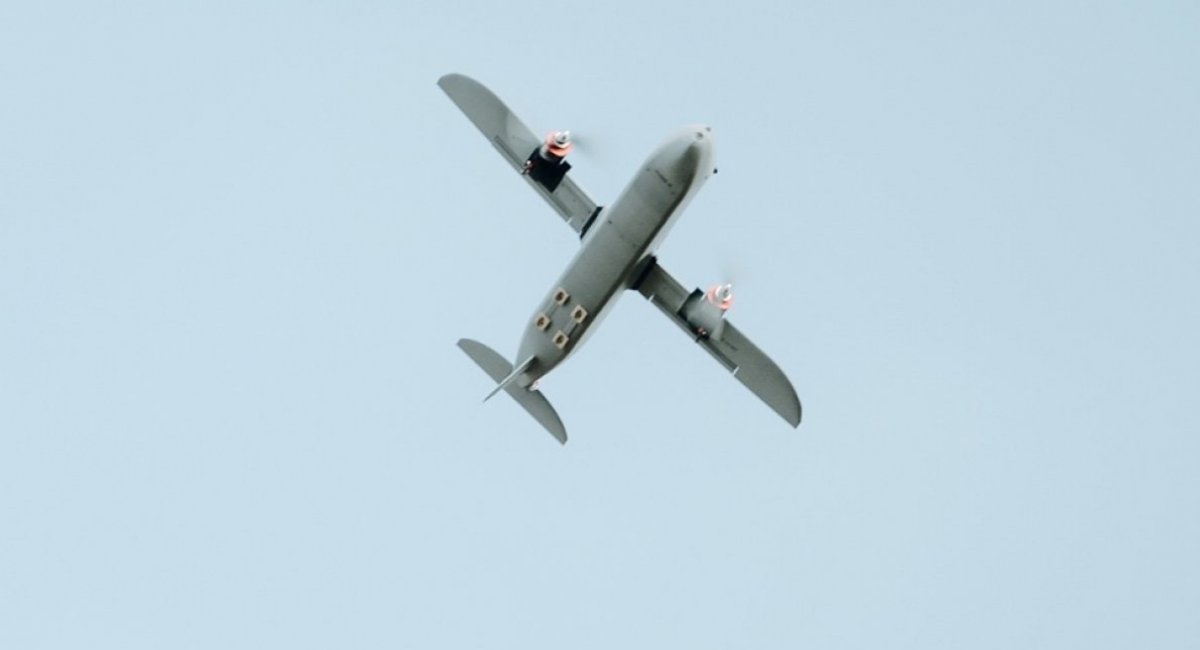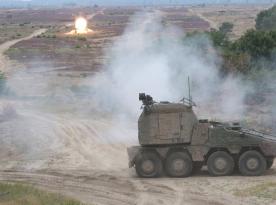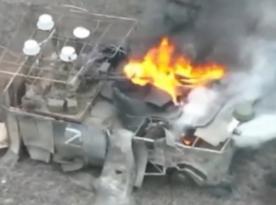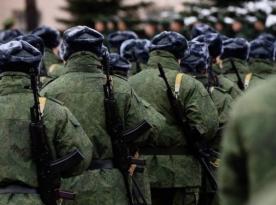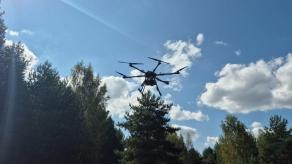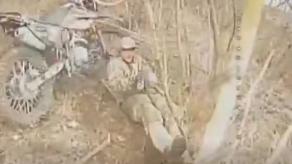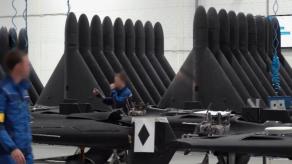When assessing the price of intercepting aerial threats, the conversation often begins and ends with the cost of the interceptor itself. That narrow view is misleading. A realistic calculation must also include supporting infrastructure: launch systems, sensors, ground stations, training, and operational expenses. Without these, no interceptor, whether a missile, fighter jet, or drone, can operate effectively.
A recent analysis by Financial Times, using the Hunter interceptor drone from Piranha Tech as an example, highlighted this hidden complexity. The total cost of one interceptor system was estimated at around $35,500. Strikingly, the drone itself made up only a fraction of that, about $4,500. Far more expensive were the ground control station ($15,000), launch catapult ($8,000), and supporting hardware and software ($8,000). The picture is clear: the price of a single drone tells only part of the story.
Read more: Laser vs Satellites: Australia Unveils New System That Could Change Space Warfare

Defense Express cautions that these numbers should be treated as illustrative, since FT did not disclose its sources. Even so, the broader point stands: building a working anti-drone defense is about creating a system, not buying a handful of airframes. Costs escalate when one considers the scale needed, dozens of ground stations, hundreds of launchers, and multiple drones per target to ensure a reasonable kill probability.
Another overlooked factor is operator training and readiness. Unlike expendable munitions, interceptor drones require skilled crews who can integrate into wider air defense networks. That adds time, investment, and maintenance into the overall balance sheet. The economics are never as simple as multiplying the unit price of drones.
Yet, even with these systemic costs, drones are still dramatically cheaper than using high-end air defense missiles against low-cost threats. The report notes NATO's own frustrations when expensive surface-to-air missiles were fired at cheap russian decoys over Poland. In some cases, the cost disparity reached a factor of 245 to one. From a strategic perspective, that is unsustainable.
This cost imbalance explains why Western militaries are now taking drone interceptors seriously. The United States and European allies are exploring cooperative projects with Ukraine, where these systems are being tested in real combat against russian Shahed and Geran drones. Ukraine's battlefield experience is turning into a laboratory for the wider defense community.
Ultimately, the lesson is straightforward: there is no such thing as "cheap defense, only smarter trade-offs. Interceptor drones may not be flawless, but they offer the best ratio of affordability to effectiveness in the face of mass, low-cost aerial threats. As the skies fill with expendable weapons, the race is no longer just about range or speed, it is about finding solutions that don't bankrupt defenders every time they succeed.
Read more: 3D-Printed Fuel For Javelin and Stinger Sparks Logistics Revolution



